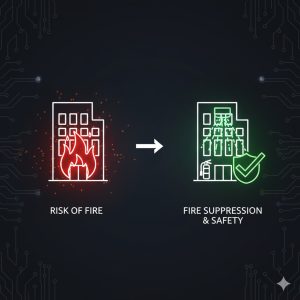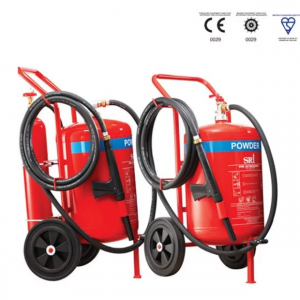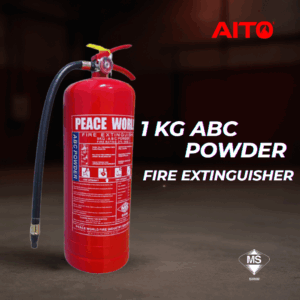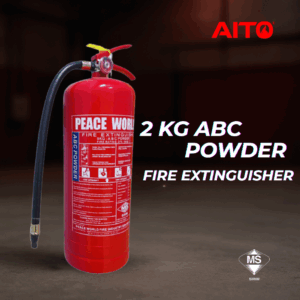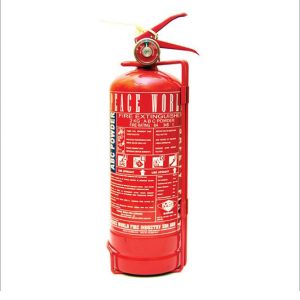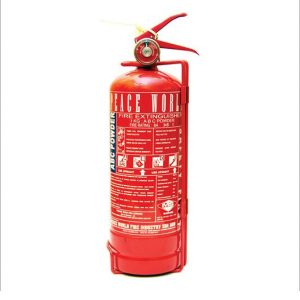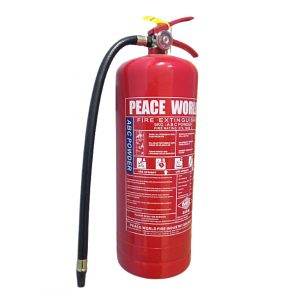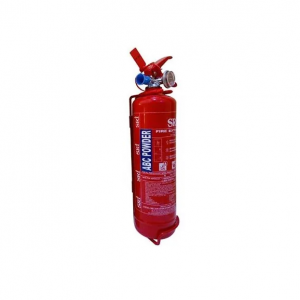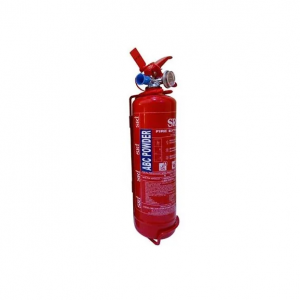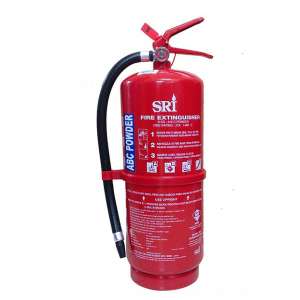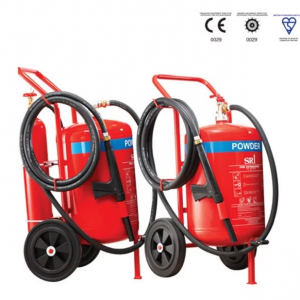Choosing the Right Heat Detector
Choosing the right heat detector is a critical aspect of ensuring comprehensive fire safety in any environment. The right choice can effectively enhance the fire detection capabilities of your building, minimizing potential damage and protecting lives. Here’s a guide to help you navigate the key factors when choosing the right heat detector.
1. Understand Heat Detectors
Heat detectors are fire alarm devices that respond to the thermal energy of a fire. They are designed to trigger an alarm when the surrounding temperature reaches a predetermined level or the temperature of rapid is increase. There are two main types of heat detectors:
- Fixed Temperature Heat Detectors: These activate when the temperature rises to a specific point.
- Rate-of-Rise Heat Detectors: These respond to a sudden increase in temperature, regardless of the initial ambient temperature.
2. Factors to Consider
a) Environment
- Industrial Settings: In areas with high ambient temperatures or where dust and fumes are prevalent, a fixed temperature heat detector might be more reliable.
- Kitchens and Boiler Rooms: These locations often experience sudden temperature spikes that are not necessarily indicative of a fire. In such cases, a rate-of-rise heat detector can help avoid false alarms.
b) Building size and layout
- Coverage Area: Each heat detector has a specific coverage area, typically around 50-60 square meters. Placed the detectors to cover the entire area adequately.
- Ceiling Height: High ceilings may require more sensitive detectors or those with extended sensing capabilities to ensure timely detection.
c) Fire risk
- High-Risk Areas: Places like commercial kitchens, storage areas with flammable materials, and manufacturing plants require detectors that can quickly respond to potential fire hazards.
- Low-Risk Areas: Offices, living rooms, and similar areas may not need as sensitive or as many detectors.
d) Specific needs
- Elderly Care Facilities: These may benefit from detectors that not only trigger alarms but also notify caregivers directly.
- Historical Buildings: Here, a balance between aesthetic preservation and fire safety is crucial. Discreet or wireless heat detectors can be considered.
3. Installation and maintenance
Here some tips of installation and maintenance:
- Installation: Follow the manufacturer’s guidelines and local fire safety regulations. Ensure detectors are placed in appropriate locations to avoid false alarms and ensure timely fire detection.
- Maintenance: Regularly test the detectors to ensure they are functioning correctly. Clean them to prevent dust buildup, which can interfere with their operation. Replace batteries as needed and consider professional inspections periodically.
4. Integration with Fire Alarm Systems
Modern heat detectors can be integrated with comprehensive fire alarm systems, enhancing overall safety. This integration can include:
- Interconnection: Connecting multiple detectors ensures that when one detector senses heat, all alarms in the system activate, providing an immediate alert throughout the building.
- Smart Systems: Advanced systems can send alerts to smartphones or other devices, allowing for quick response even when the building is unoccupied.
5. Compliance with Standards
Ensure that the heat detectors you choose comply with local and international fire safety standards. This compliance attests to the detectors’ reliability and efficiency undergoing testing and certification.
Conclusion
Choosing the right heat detector involves careful consideration of the environment, building size, fire risk, and specific needs. By understanding these factors and selecting detectors that meet the specific requirements of your building, you can significantly enhance your fire safety measures, providing better protection for property and lives. To ensure that your fire detection system is optimally designed and maintained, do consultation with fire safety professionals.
For more information to access valuable resources, visit AITO FIREWORK and contact us today to schedule your free consultation. Your safety is our mission – let’s achieve it together!



